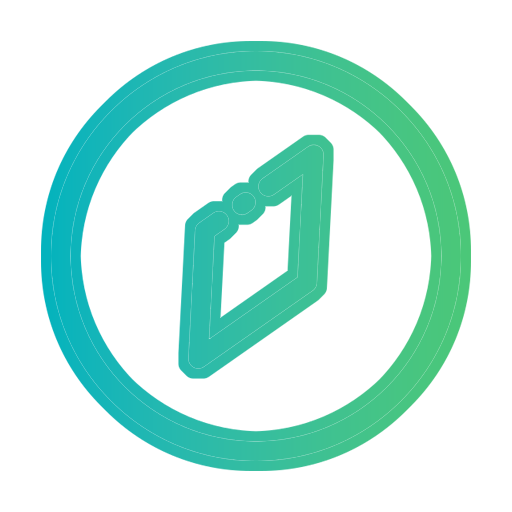Working with a business partner or supplier can be fraught with risks: the company may not have insight into the production processes, may not be sure where the materials come from, or may not have control over local working conditions. Various ESG regulations, such as the EU-wide Corporate Sustainability Due Diligence Directive (CSDDD), require companies to understand and assess some of these risks. For example, they need to be informed about the risk of child labor in their supply chain or, as part of the EU Deforestation Regulation (EUDR), where raw materials such as wood or rubber come from. These risks are relevant to ensuring compliance with ESG regulations and can be mapped with the osapiens solution. However, they may not encompass all the risks a company might be concerned with. To provide a comprehensive initial assessment of suppliers, the osapiens HUB allows the creation of custom risk dimensions.
Risk dimensions in the osapiens HUB
The supplier risk analysis is based on the relevant supplier data. For this purpose, questionnaires are created on the osapiens platform, the osapiens HUB, and sent to the relevant partners. The osapiens Software as a Service (SaaS) solution automates this process, as well as the integration of the responses. The data is analyzed and processed so that the platform provides a clear indication of whether the partner or supplier poses a potential risk and in which area.
The osapiens software solutions offer pre-configured risk analyses with corresponding questionnaires tailored to specific regulations such as the German Supply Chain Act (LkSG) or the Whistleblower Directive. These are also relevant for the CSRD (Corporate Sustainability Responsibility Directive) sustainability reporting. An additional analysis has been added with the new EUDR.
Example: Cybersecurity as a potential source of risk
Companies also have the option to define their own risk dimensions. One example of a custom risk dimension could be cybersecurity, an increasingly important risk factor for many companies.
Companies create the category or risk dimension “Cybersecurity” in the osapiens HUB and fill it with questions that are relevant for them – this results in the generation of a questionnaire that is sent out in the second step. Such questions might include: Is a firewall installed? Is a firewall installed or are other measures taken to prevent attacks? The level of detail can be adjusted. Basic questions such as whether a virus scanner is installed are also entirely possible. The questionnaire can be automatically sent to customers, suppliers and partners. Once a response is received, it will be processed and edited. In this way, the osapiens HUB provides a concise overview of a supplier’s cybersecurity risk profile.
The questions can be assigned different levels of relevance for the risk analysis. When creating the questionnaire, the company can therefore determine whether one question or answer should be rated higher or lower than another.
The risk dimensions allow companies to evaluate their suppliers and partners from different perspectives and assess the risk with varying emphases. Other possible topics for the dimensions could include questions about the handling of hazardous chemicals or occupational health and safety management.
A holistic view of collaboration and security
With a holistic software solution like the osapiens HUB, companies can not only manage their risks more effectively, but also identify and leverage opportunities. The system’s flexibility allows users to create specific risk dimensions and individual questionnaires, which are then automatically evaluated. This enables companies to maintain an overview at all times – which forms the basis for secure and successful cooperation with business partners and suppliers.
In addition to the risk dimensions, the osapiens HUB offers further advantages. As an “all-in-one” platform, it offers solutions for the automated and legally compliant implementation of ESG regulations, as well as a wide range of options for enhancing transparency and sustainability within the company and increasing efficiency.
Nice to know: Identify and leverage supplier potential
Another useful application of the dimensions in the osapiens HUB is to show potentials instead of risks. The implementation is the same as for the risk dimensions, but the questions asked have a different objective.
Possible questions could focus on the cooperation with the supplier and examine the delivery reliability or the communication between the partners. Alternatively, questions could focus on how innovative a company is, for example by asking about new developments or research departments.
In general, the categories and questions are flexible and can be adapted to the specific needs of the company. This allows for a comprehensive risk assessment that goes beyond ESG regulations, while at the same time identifying the positive aspects and potential of the collaboration.
About osapiens
osapiens develops innovative software-as-a-service solutions that enable companies to implement ESG requirements in a fast, automated and secure way. At the core is the osapiens HUB, an AI-powered cloud platform that creates compliance and transparency across the entire value chain.
With osapiens, companies master all ESG challenges: They identify risks, implement reporting obligations such as CSRD, EUDR and LkSG, and make their operations more sustainable.
osapiens was founded in Mannheim, Germany in 2018 and was awarded the German Founder Award in the “Rising Star” category in 2022. Today, osapiens is a leading provider of ESG software solutions and works with an international team of more than 300 employees for more than 1,300 customers worldwide.
Christian Feuring
External Communications ManagerContinue reading
osapiens and right. based on science enter exclusive partnership to promote climate-friendly business strategies
EUDR’s Impact on Fashion: A Game-Changer for Ethical and Sustainable Supply Chains





